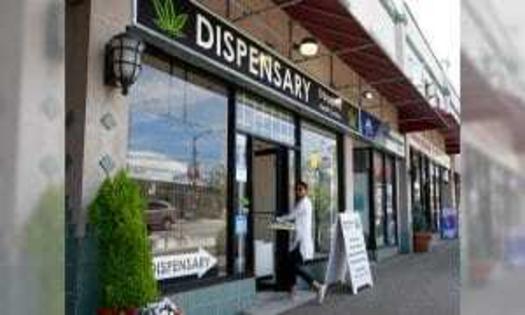Cannabis Not A Part Of Crime Ridden Cities
Published in Cannabis Daily
Crime in cities are a hot topic with the public right now – cannabis is not part of the problem Currently, crime ridden cities having the national guard arrive in cities at the request of the current administration. But as it turns out, cannabis not a part of crime ridden cities. For years, critics of marijuana legalization have warned opening dispensaries and decriminalizing marijuana would send crime rates soaring. But new data and research show a different story: the U.S. cities struggling with the highest levels of violent crime are not experiencing those problems because of legal cannabis. According to recent FBI and local crime data, cities such as St. Louis, Missouri; Detroit, Michigan; Baltimore, Maryland; Memphis, Tennessee; and Cleveland, Ohio rank among the highest in violent crime per capita. Several of these states now allow recreational or medical cannabis. Michigan legalized marijuana in 2018, Missouri in 2022, and Maryland in 2023. Despite fears, legalization has not fueled crime spikes in these urban centers. Instead, researchers point to systemic issues such as poverty, education gaps, and opioid trafficking as the true drivers of urban violence. National studies from institutions including the Cato Institute and peer-reviewed journals support this finding. Analyses of crime rates before and after legalization show violent crime typically stays flat or even declines slightly once legal cannabis markets are established. In some border states, legalization has helped reduce illicit drug trafficking, which historically contributed to organized crime. Property crimes tell a similar story. While dispensaries—often forced to operate as cash-heavy businesses due to federal banking restrictions—may attract occasional theft, these incidents are rare and not enough to sway overall crime rates. In fact, some research suggests a regulated, taxed cannabis market reduces illicit street dealing and violence can accompany it. Local law enforcement in legalized states have also acknowledged marijuana enforcement is no longer a priority, allowing police resources to focus on more serious crimes. This shift has not only eased pressure on the court system but also helped reduce unnecessary confrontations between communities and police. What explains the persistently high crime rates in certain cities? Experts consistently highlight deep-rooted economic inequality, underfunded schools, limited job opportunities, and the devastating toll of opioids and fentanyl. These structural issues far outweigh any influence cannabis legalization could have. As cannabis becomes more mainstream, with 24 states now allowing recreational use, the evidence is clear: legal marijuana does not drive urban crime. Instead, it provides new tax revenues, reduces black market activity, and creates jobs. For cities struggling with crime, the solutions lie in economic development, education, and public health—not rolling back cannabis reform. Legal cannabis is here to stay, and it is not the villain behind America’s toughest crime statistics. The real work is addressing the social and economic conditions fuel violence, while allowing cannabis to contribute positively to communities across the country.
The Fresh Toast is a daily lifestyle platform with a side of cannabis. For more information, visit www.thefreshtoast.com.
























Comments